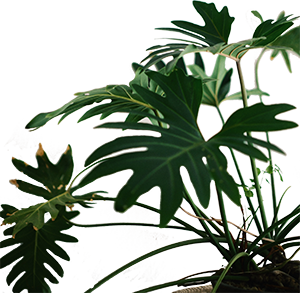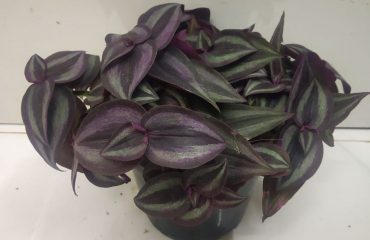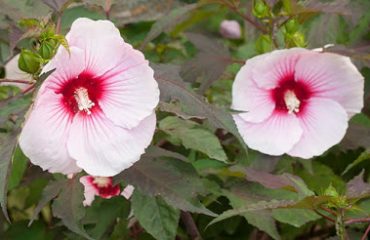How To Take Care Of Peperomia Plant

Peperomia are wonderful plants to grow indoors as they have so many features that make them ideal houseplants. With a great variety of beautiful foliage, and tolerating a wide range of growing conditions, they are ideal for anyone looking to expand their collection of houseplants.
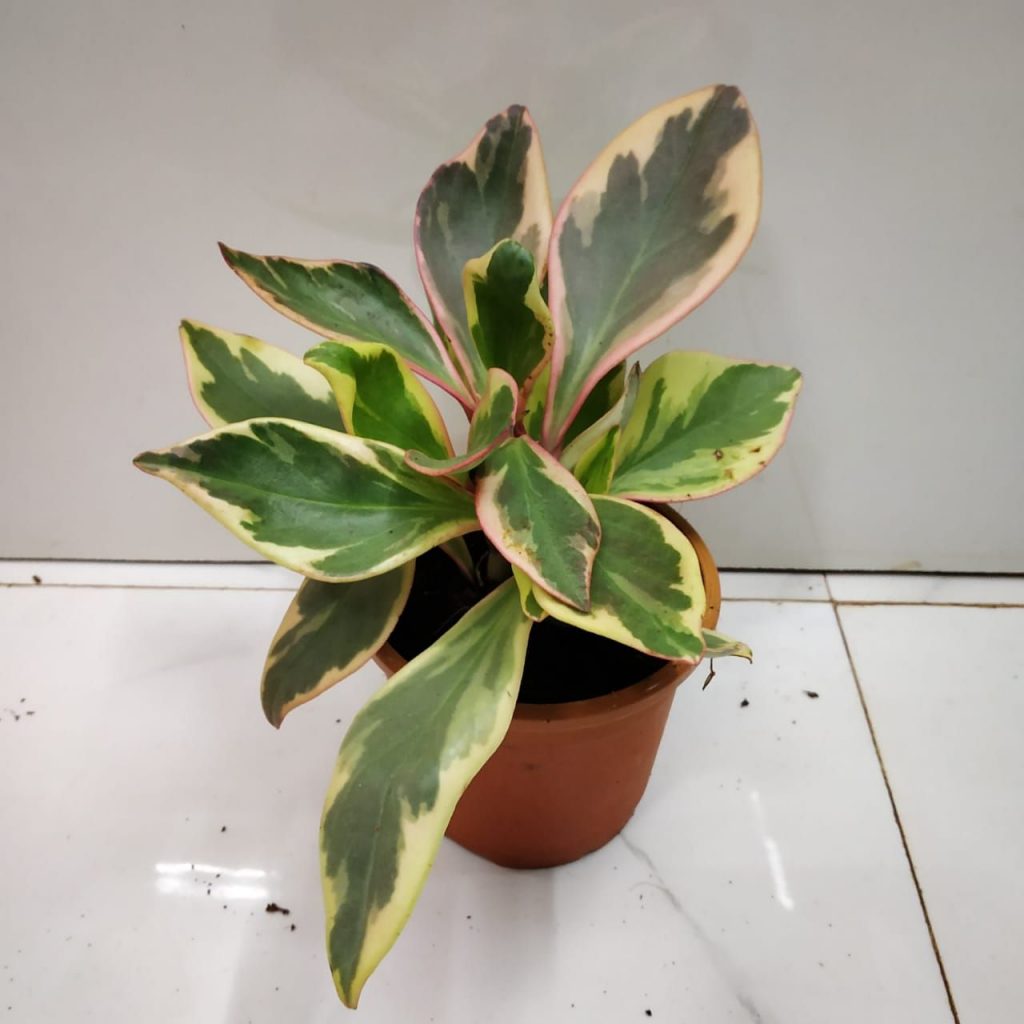
How Do You Take Care Of A Peperomia Plant? Most peperomia plants should be kept in bright, indirect sunlight, in temperatures of between 20-30 °C. They should be watered infrequently once the top inch of soil has dried out, fertilized monthly through the growing season and potted in well draining potting soil.
FUN FACT
They may look and behave like succulents, but they’re not! Peperomia require a bit more water and higher humidity than your average succulent.
How to Grow Peperomia
The peperomia plant is a smart choice for the beginning houseplant enthusiast. Not only are they forgiving plants that tolerate some benign neglect, but the spectacular variety of colors and textures between species means that you can amass an interesting collection of plants for every style and space, all of which require the same care.
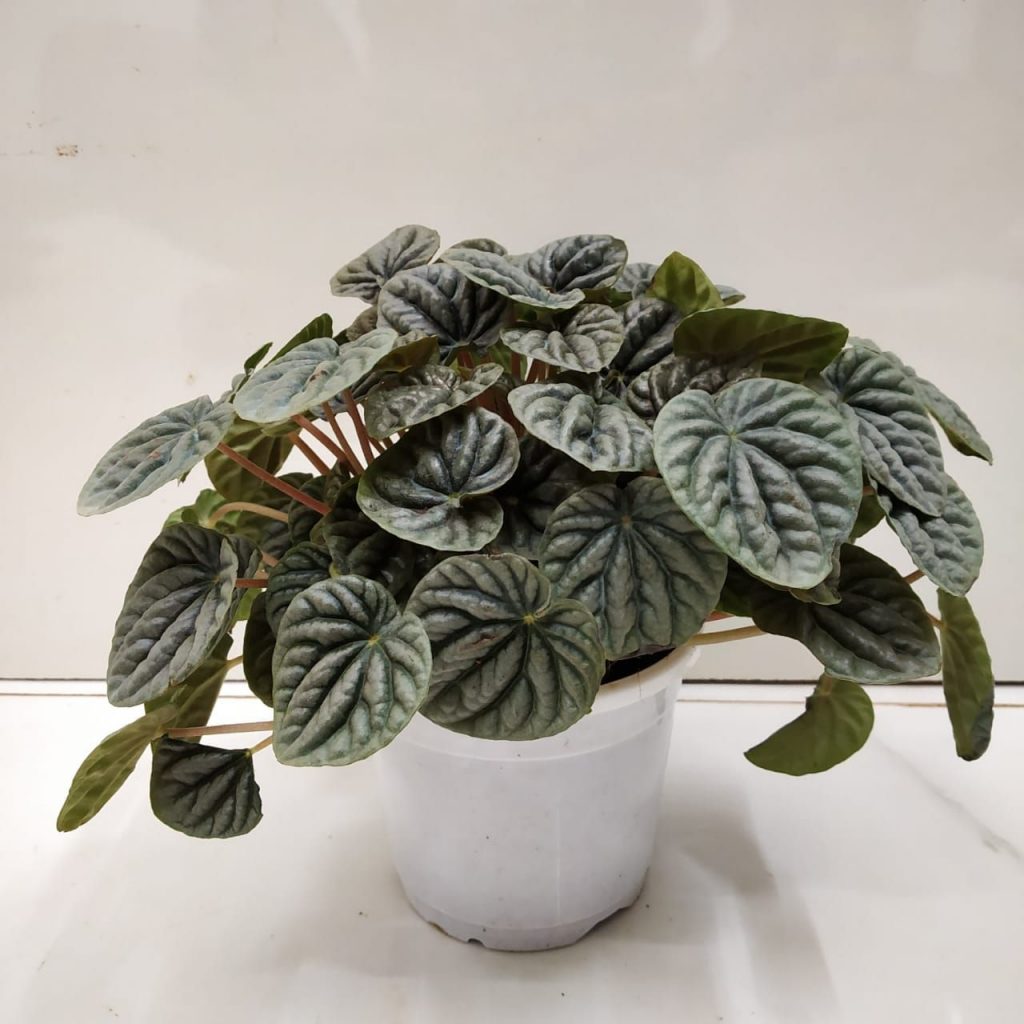
Light
Peperomia plants need a medium to bright light to maintain their vibrant foliage colors. Morning light and filtered light is fine, as well as 12 to 16 hours of artificial light. Insufficient light will result in fewer leaves, leaf drop, and drab coloration.
Soil
Many peperomia species grow as epiphytes in the wild. This is similar to the way orchids grow as well: think of a plant nestled in the nook of a tree, sending its roots into some slightly decaying bark. Choose soil that mimics these conditions: chunky, loose, and acidic. An orchid potting medium works well. Regular potting soil is fine too; you can always lighten it with a handful of peat moss or vermiculite.
Water
The succulent leaves of peperomia plants indicate that the plants don’t need frequent watering to maintain vigor. Allow the surface of the soil to dry out between waterings. Keeping the peperomia on the dry side is better than saturating it, which leads to root rot and fungus gnat problems.
Temperature and Humidity
Peperomia plants are only hardy down to USDA Growing Zone 10, which means they cannot be exposed to temperatures less than 8 Degree C. As tropical plants, peperomias like it warm and steamy, especially in the summer months when growth is most active. If your plant doesn’t get an outdoor vacation in the summer, place it on a tray of pebbles and water to increase ambient humidity.
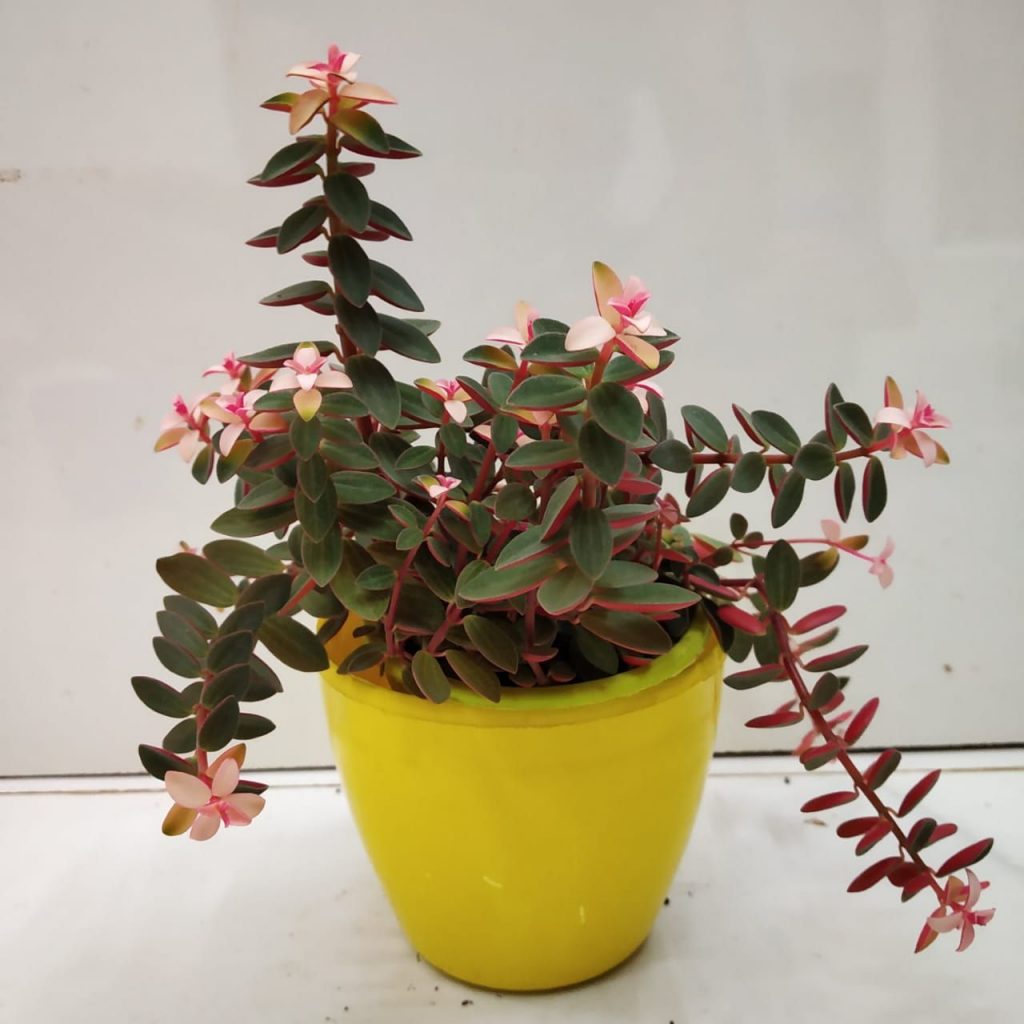
Fertilizer
When it comes to fertilizing, less is more for the peperomia. Discolored or dropping leaves are usually a result of inadequate light or excessive watering, not poor nutrition. As a slow-growing epiphyte, the peperomia can go its entire life without supplemental fertilizer, getting what it needs from its planting media.
Potting and Repotting
Peperomia plants may live for years in a relatively small container. They enjoy a somewhat root-bound existence, and this combined with their slow growth rate means you can let them be unless you see roots coming out of the drainage holes. Repot in a slightly larger container with an acidic potting mix or orchid bark.
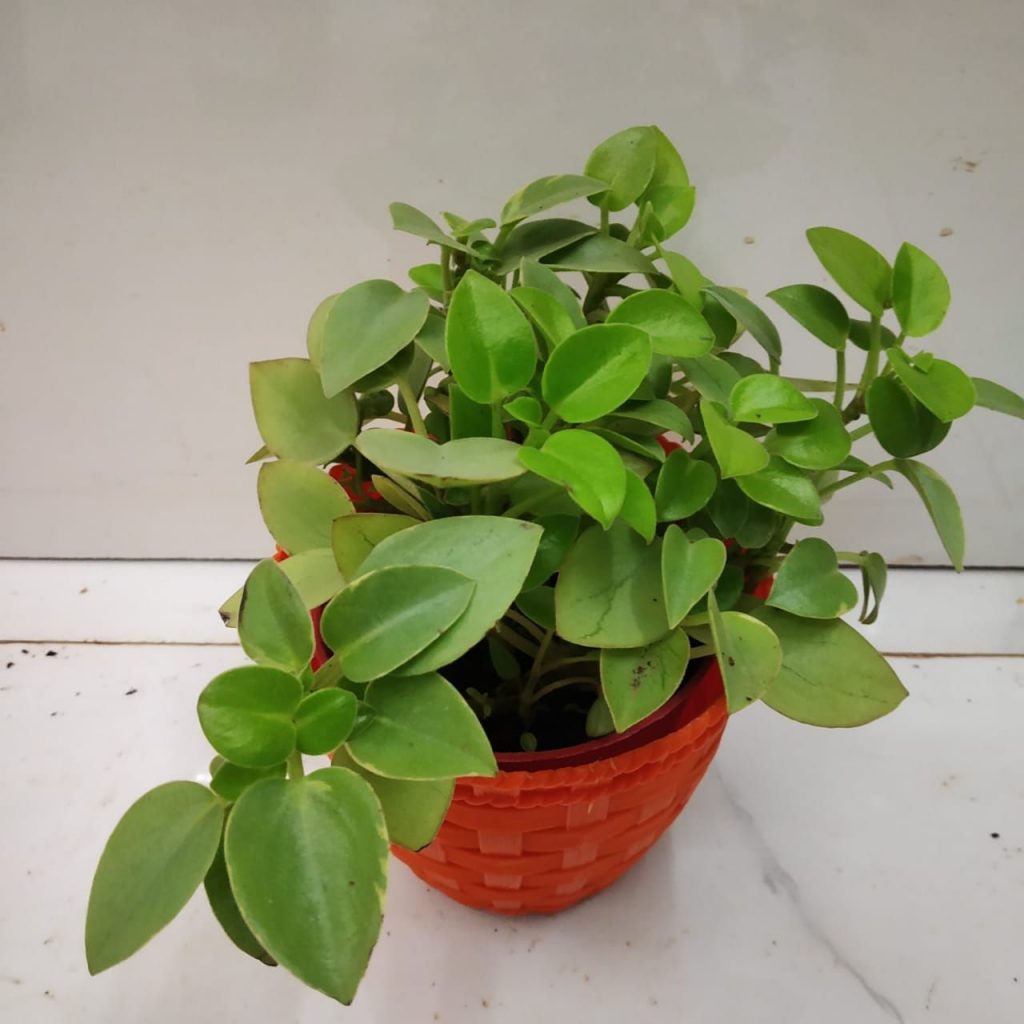
Propagating Peperomia
Because of their thick, succulent nature, peperomia plants are easy to propagate by vegetative methods.
- Cut a leaf with an inch of stem from the mother plant in the spring, when growth is most active. Place the stem in a small container of sterile potting soil.
- Keep the soil constantly moist; you may cover the cutting with a cloche or a clear container to retain moisture.
- Roots will form in a few weeks, and you may transplant the cutting when it outgrows its initial container.
Why Is My Peperomia Wilting?
Peperomia plants will wilt for two main reasons. The first is over-watering and the second is under-watering. Under-watering seems like an obvious cause of wilting, but over-watering is a bit more surprising. The reason for this is that in both scenarios the plant is not getting enough water.
Why Is My Peperomia Dropping Leaves?
Leaf drop can either be a sign of the normal growth pattern of a peperomia plant or is can be a sign of problems. As a peperomia plant develops new foliage, it will often shed some of the lower, older leaves, to focus energy on the new foliage. This is entirely normal and nothing to worry about.
What Causes A Peperomia To Have Yellow Leaves?
There are multiple causes of a peperomia plant having yellow leaves, including improper watering, excessive sunlight, or as a reaction to a sudden change in positioning or temperature.
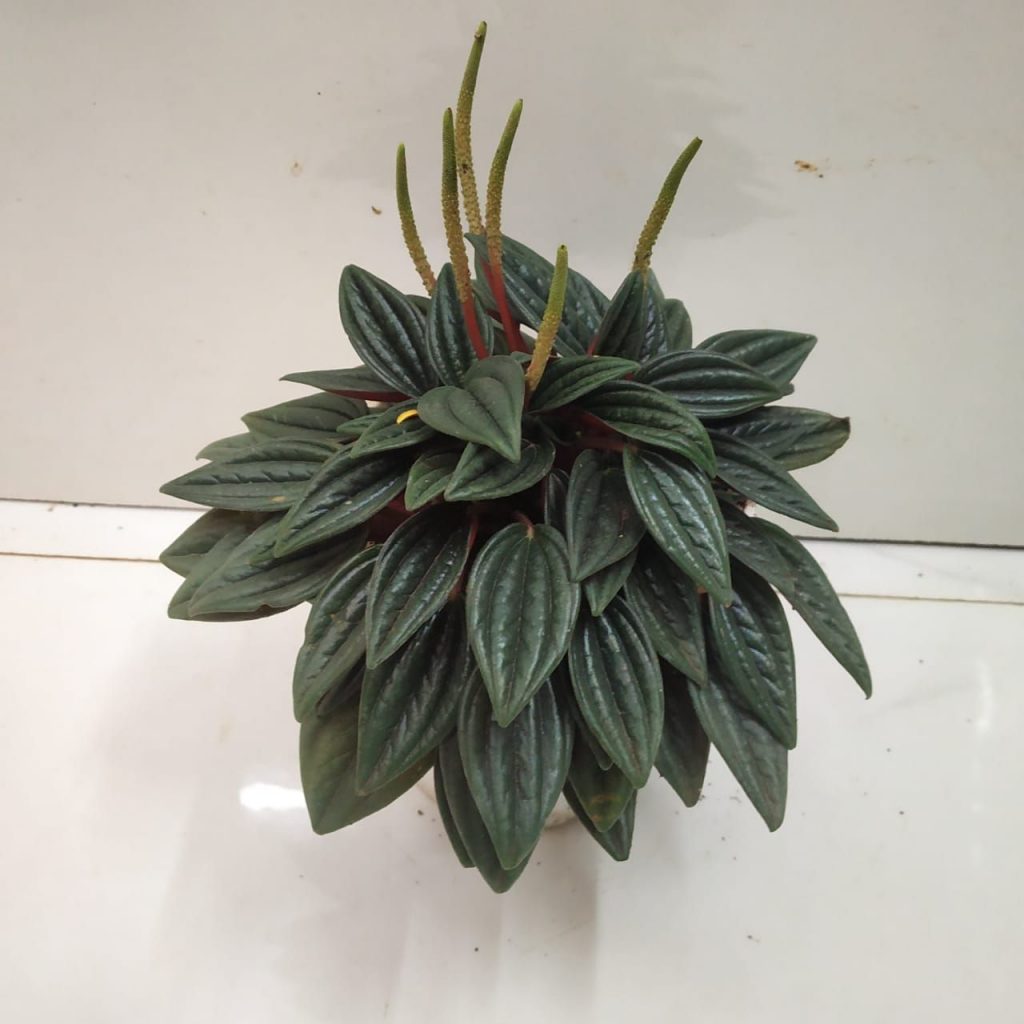
Why Is My Peperomia Dying?
If you’re not too sure why your peperomia plant is dying, think water and light. Get these elements of peperomia care right, and you’re well on the way to keeping your plant alive.


